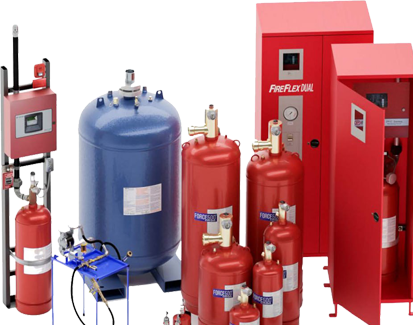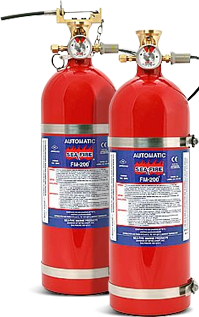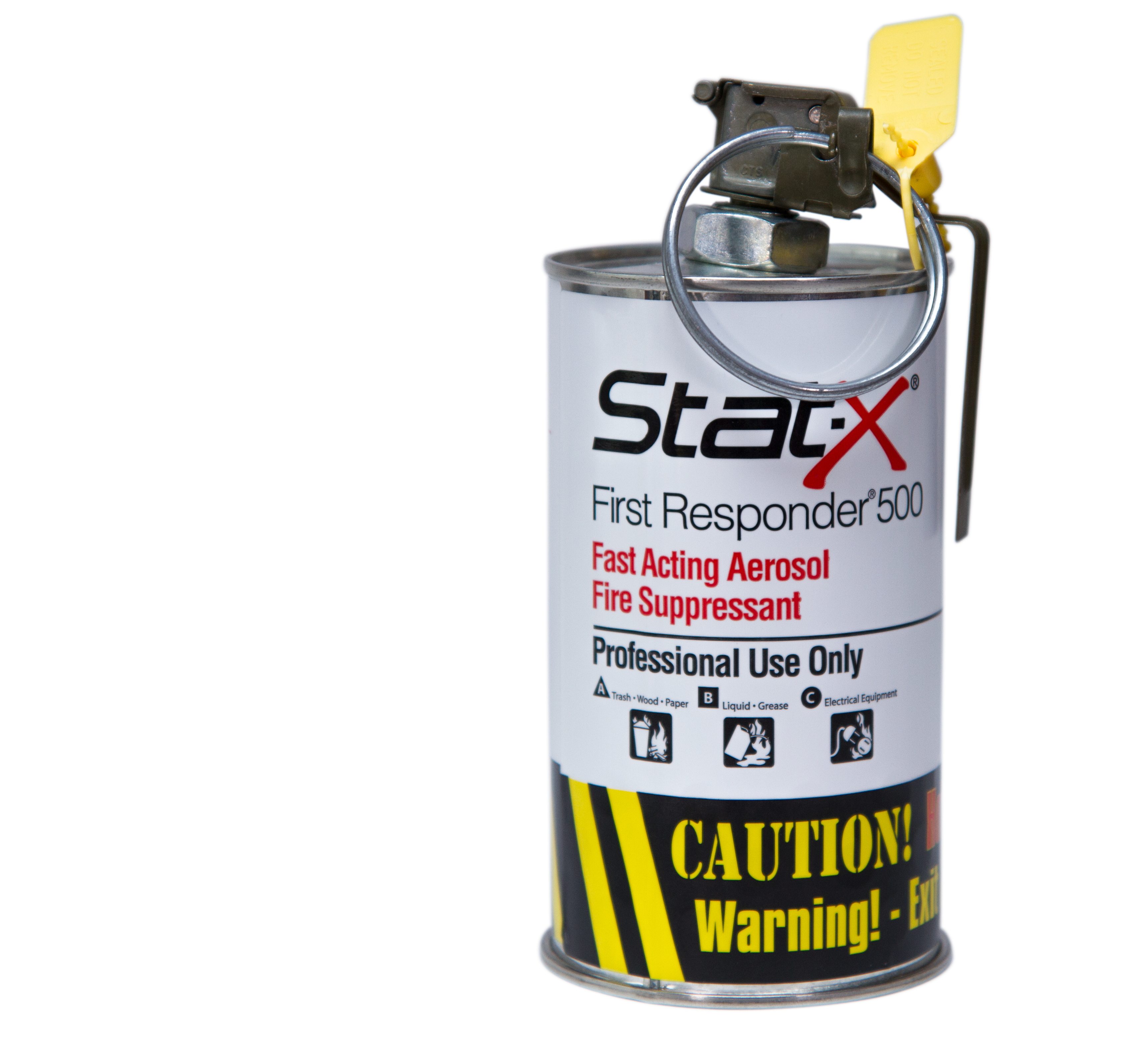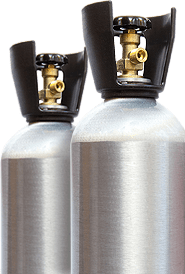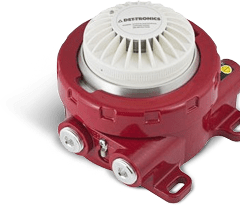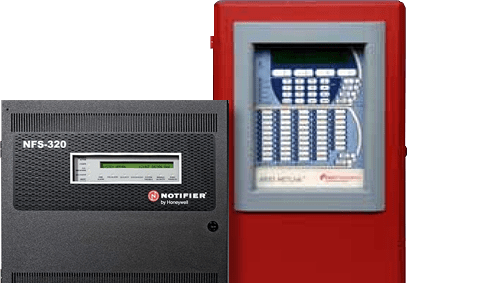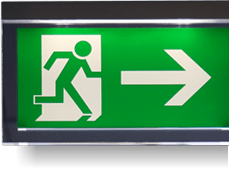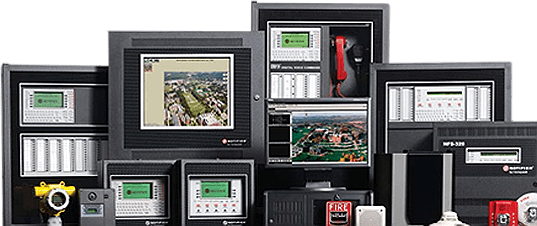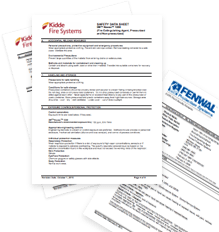Our Fire Suppression System Services Include:
Fire Suppression Systems Installation
We work with the best manufacturers in the industry and offer a full range of fire protection and prevention options. Our certified team of installers handles everything from electrical work to support your monitoring equipment to laying the pipe for your suppression system.
Commissioning Of Fire Suppression System
Our teams make sure your commissioning goes smoothly and any unexpected glitches are handled quickly before they cause problems.
Fire System Maintenance
Our fire protection system inspection and maintenance programs are tailored to help you meet mandatory industry and insurance requirements for your facility. We keep your system reliable, save you money in the long run, and ensure you're always in compliance with local, state, and national regulations.
Fire Suppression System Testing
Our certified fire sprinkler system inspectors carry out regular, required testing on your fire suppression system. We work as partners, designing a testing and record-keeping program that perfectly meets your needs.
Fire Suppression System Repair
Our Certified Fire Alarm Technicians are registered with the Canadian Fire Alarm Association (CFAA) and undergo an extensive apprenticeship that combines theory and practical knowledge. Master Electricians have relevant industry licensing to ensure they're qualified to plan and supervise the electrical wiring needed for fire suppression systems. All electrical contractors are licensed, accredited, and carry liability insurance. Finally, our factory-trained service technicians and programmers have gone through manufacturer training programs to guarantee their quality of work.
Fire Suppression System Upgrades
Our fire suppression system designers can help you upgrade an older system or expand an existing modern one. Every solution is customized to your exact specifications, offering maximum protection to your facilities.
Fire Suppression System Replacement
Whether your system has aged out or standards have changed, Control Fire Systems specialists can help you choose the most appropriate, cost-effective options.
Why Choose Control Fire System?
Working with Control Fire Systems gives you the benefit of partnering with a company that has the breadth and depth of experience to handle all your needs. Founded in 1975 and based in Toronto, we're proudly Canadian-owned and operated. Our certified technicians install, maintain, inspect, and repair a wide range of fire systems, while our in-house design team can engineer customized solutions to suit any type of facility. Our services safeguard your company's most important assets: people and property. We let you rest easy knowing you have a full-service partner in fire safety.
As of February 2nd, 2017 the Sprinkler & Fire Protection Installer trade became compulsory certified in Ontario. Sprinkler Fitters licensed by the Ontario College of Trades are the only ones allowed to install, service, or perform annual testing of sprinkler systems in the Province of Ontario.
Fire Sprinkler System Maintenance Schedule
NFPA 25 outlines regulations for keeping water-based fire protection systems in good working order. Compliance with NFPA sprinkling system installation and maintenance standards helps avoid system failures, minimizes fire damage and losses, and makes your fire protection equipment investment more cost-effective.
Daily (When There's a Freeze Danger)
- Any part of a dry sprinkler system that contains water or a wet sprinkler system must be maintained at a minimum temperature of 4° C (40° F) to protect the water inside from freezing.
- Check the temperature of the enclosure that protects the dry valve. You can check this weekly if your enclosure is equipped with a low-temperature alarm.
- Check the heating system in your water storage tanks.
- Inspect auxiliary drains.
Weekly
- Make sure control valves are in the normal open or closed position, are accessible, are protected from tampering, have no external leaks, are appropriately labelled, and the post indicator valves (PIVs) have the correct wrenches.
- Dry pipe valve rooms or enclosures with low-temperature alarms must be checked weekly to ensure the temperature stays above 4° C (40° F).
- Check air and water pressure of dry pipe systems.
- Assess the status of unsupervised control valves.
- In systems that rely on fire pumps for water pressure, make a weekly check to ensure the temperature is not less than 4° C (40° F) and not more than 21° C (70° F). Make sure the pump room is well ventilated, free from standing water, and the coupling guard is in place.
- Check fire pump suction, discharge, and bypass valves are open, piping is leak-free, and gauges are within acceptable readings.
Monthly
- Inspect gauges and recalibrate, repair, or replace them as needed.
- Check dry pipe valves for physical damage, appropriate open or closed position, and leaks.
- Check air compressor is undamaged, wiring and piping are intact, there is no standing water, and the oil level is appropriate.
- Test sprinkler alarms on systems without electrical supervisory signal service.
- Inspect any valves that are locked in the open position.
Every Two Months
- Make a test of the supervisory transmitters and water.
- Inspect electrically-supervised valves.
Every Six Months
- Test gate valve supervisory switches.
- Test all other supervisory devices in your sprinkler and fire protection system.
Annually
- Internal check of the dry pipe valve.
- Inspect exposed pipe hangers and sprinkler heads
- Check fire department connections.
- For wet sprinkler systems, test your water flow.
- Have a qualified contractor test the water supply flow.
- Assess the priming level of the dry pipe valve.
Every Three Years
- Have a qualified contractor trip-test dry pipe valves with the control valve completely open.
Every Five Years
- Check strainers, filters, and restricted orifices on dry pipe valves.
- Flush the sprinkler system.
Fire Sprinkler System Inspection Process
Our certified fire sprinkler technicians carry out a thorough inspection and test of your system that includes:
- Comprehensive fire sprinkler system testing and a fitness assessment to see if your system is in satisfactory working order.
- Identifying negative conditions that can cause the mechanical and electrical components of your system to fail.
- Making sure the current installation provides for proper clearance and positioning so your system can be effectively activated and achieve maximum distribution.
- Checking the sprinkler control valves for condition, correct positioning, accessibility, and signage.
- Performing required water flow tests for each system.
- A visual inspection of the fire department connection that includes caps, thread condition, clappers, check valves, and drains.
- Ensuring the fire sprinkler system alarm components are working correctly.
- Making sure you have adequate spare sprinkler heads and wrenches to fit them.
- Checking the condition of all visible/accessible parts of your sprinkler system piping, supporting hangers, gauges, drain valves, and other related equipment.
- Assessing any changes you've made to your building status or occupancy hazard classification that could impact how well your fire sprinkler system will perform.
- Required record-keeping and device tagging.
- Writing up a comprehensive inspection report that includes results, clear explanations of deficiencies, and corrective action that needs to be taken.
- Deficiencies that require a serious overhaul of your system can be referred to our engineers for further analysis.
Fire Suppression Systems Installation and Commissioning
We design a wide range of fire suppression systems to meet every need, from spot protection to multi-building commercial complexes. Our team of red-seal certified tradesmen provides expert fire suppression installation and commissioning, and keeps your system reliable with expert fire suppression system repairs and maintenance. Certified technicians carry out routine fire suppression inspections and check the installation of fire suppression systems.
Some of the systems we work with include:
- Novec 1230 Systems
- CO2 Systems
- Industrial Dry Chemical Systems
- FM200 Systems
- Restaurant Wet Chemical Systems
- Automatic Spot Protection
- Environmentally-friendly clean agent fire suppression systems
- Fire extinguishers suitable for A, B, and C class fires
Our expert technicians are factory-trained and have membership in FSSA (Fire Suppression Systems Association) and CFAA (Canadian Fire Alarm Association). Protect your company and employees by partnering with one of Toronto's most respected fire suppression installation companies.
Whether you're looking for a fire system inspection, fire suppression systems installation, or need help designing fire protection for your business, Control Fire Systems is your preferred fire safety partner. Contact one of our expert team members to discover your options.





